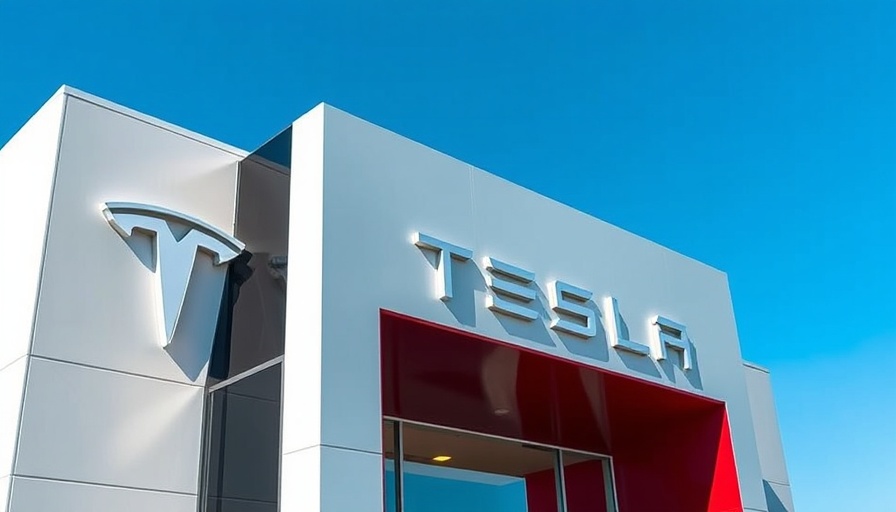
The Shift in Nova Scotia's EV Subsidy Program
Nova Scotia has recently made headlines by dropping Tesla from its electric vehicle (EV) rebate program. This decision comes amid growing tensions surrounding the CEO Elon Musk’s association with controversial political figures and the perceived economic war waged by the U.S. administration against Canada. The Progressive Conservative government, backed by the NDP and Liberal parties, voted to amend the subsidy program, which offered rebates between $2,000 to $3,000 for Tesla purchases. Susan Leblanc, an NDP member of the legislature, argued that this amendment serves as a small stance against Musk and his perceived globalization efforts, along with the influence of U.S. politics on Canadian markets.
The Broader Context of EV Subsidies in Canada
This decision by Nova Scotia follows similar paths taken by other Canadian provinces, such as Manitoba and British Columbia, which have also ceased EV subsidies for Tesla. These measures seem to reflect a broader sentiment among Canadian policymakers towards businesses perceived as politically divisive. The ongoing U.S.-Canada trade tensions could amplify this trend, leading other provinces to reevaluate their subsidy programs further, particularly when associated with foreign firms embroiled in political controversies.
Why Solar and EV Integration Matters for Consumers
As green energy continues to rise in importance, it is essential for homeowners and businesses to be informed about the rapidly shifting landscape of subsidies and financial incentives. The cancellation of Tesla subsidies in Nova Scotia can be seen as an indicator of how quickly regulations and support structures can change in light of political shifts. For consumers looking to invest in electric vehicles or solar technologies, understanding these changes can impact financial decisions and the overall feasibility of going green.
Future Implications for Electric Vehicle Adoption
What does this mean for the future of EV adoption in Canada? With subsidies shifting, it’s vital to consider how potential consumers will navigate financing EV purchases without the previous financial incentives. Analysts suggest that this trend could lead to a slower adoption rate for electric vehicles, impacting manufacturers and stakeholders across North America. If this pattern continues, it might drive innovation in financial products tailored specifically for consumers interested in sustainable living options, such as solar-powered home charging stations or dedicated EV loans.
Actionable Strategies for Homeowners Investing in Green Energy
For homeowners considering solar power or electric vehicle integration, here are a few actionable strategies:
- Research Alternative Financial Incentives: Explore state and federal programs that may offer financial benefits for solar installations or EV purchases beyond immediate rebates.
- Assess Long-term Savings: Calculate the potential savings from switching to solar energy and driving an EV over several years, considering factors like fuel costs and potential savings on utility bills.
- Engage in Local Policy Discussions: Stay informed about local government actions regarding energy policy to advocate for sustainable incentives in your community.
The Role of Local and Global Perspectives in Green Technology
Ultimately, the changes in EV subsidy programs highlight the intricate relationship between local policies and global market movements. For consumers and businesses alike, understanding how local governmental shifts in policy can impact access to green technologies is crucial. Consumers must remain adaptive and empowered to choose alternative solutions and technologies that align with their values while supporting sustainable policymaking initiatives.
As we look towards the future of green energy and electric transportation, the shifts in subsidy availability mean that homeowners and businesses should remain actively engaged in policy discussions. By advocating for clarity and stability in decision-making, we can facilitate a smoother transition towards a more sustainable future.
 Add Row
Add Row  Add
Add 




Write A Comment